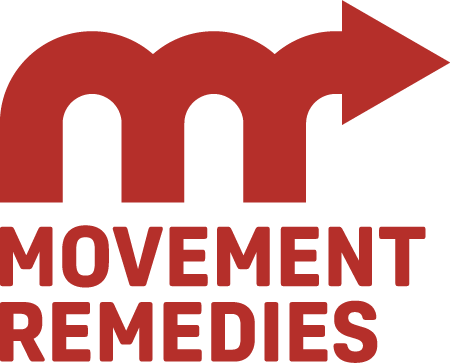Why I broke up with exercise
You might have noticed that I very rarely use the word exercise. Instead, I usually talk about having a movement practice or finding ways to move your body. I think I speak for many when I say that the word exercise has been sort of loaded with undesirable baggage throughout my lifetime, even weaponized by health care professionals in response to my body size.
For so many years, when I thought of exercise, I thought of an obligation or a task I had to complete. Exercise was synonymous with doing what had to be done to get it over with: putting in sufficient time, steps, calorie burn, etc. in order to make me feel like I had done enough. Exercise was an activity to eliminate guilt. And this made me learn to resent it. This made me naturally invent excuses to get around it. My feelings about exercise as just another activity to help me earn my worth got tangled up with my distorted relationship with food. Little did I know, this transactional understanding of my own value also wove its way into my experience with pain.
Having gone through all of this and struggled to rebuild a non-judgmental relationship with movement, I got really intentional about my language when I became a Pilates instructor. There’s a lot that is being said between the lines when we use words like “fitness” and “burn.” People interpret this–myself included–as a reason to ask the question, “Am I doing enough?” And I think we can all agree that this is just not a helpful line of thinking. There is no magical threshold of physical activity that someone can tell you is right for you and your health. How movement fits into your life is for you to decide and it requires a whole bunch of factors invisible to the outside world.
I have thought a lot about what it really means to move our bodies. Part of why I prefer to use the word “movement” is because it casts a wider net. Many things can be considered movement that wouldn’t be classified as exercise. Maybe I want to roll my shoulders to release tension or give my limbs a shake or twist or take a deep, energetic breath. You wouldn’t call this exercise, but these things sure as hell have value in a day’s worth of movement. Any time we try to narrow down the breadth of available human mobility to some select “elite” grouping of exercises, we are missing the point entirely.
Exercise also implies a particular aesthetic end goal I think, whereas moving is just living. Moving as a concept is a fundamental part of human life. The complete absence of movement entirely is referred to as “playing dead.” So moving is living. If I were to tell you that you have to do a certain number of certain kinds of exercises, I think it's really easy for the brain to just say, “Well that's not essential, it’s just an exercise . . . it's like . . . extra.” Whereas things like getting out of bed, using the toilet, carrying groceries, these are part of daily life, this is just the necessary locomotion of functioning in society. We wouldn’t eliminate or prescribe a certain amount of these would we? Of course not.
I witness a whole range of human emotions as a movement teacher. I think we often associate being still for a long time with having stuck energy, fatigue, or lethargy. But when people allow themselves a moment to move freely after having been stuck in a position required by our modern lifestyle there’s this magnificent, visceral wave of relief that happens almost instantaneously. People will instinctually stretch and sigh after being seated for a long time. If we are feeling mentally stuck working on a problem we can often get a jolt of energy and creativity by getting up and moving around. There is no specific exercise required for that response in our bodies. Anything that shifts us from a static position to a body in motion will typically do the trick.
You can change the whole trajectory of your day just by allowing yourself five minutes to experience movement and its associated sensations. Our bodies know what to do and I think all this micromanagement through fitness and exercise requirements has just been holding us back.
